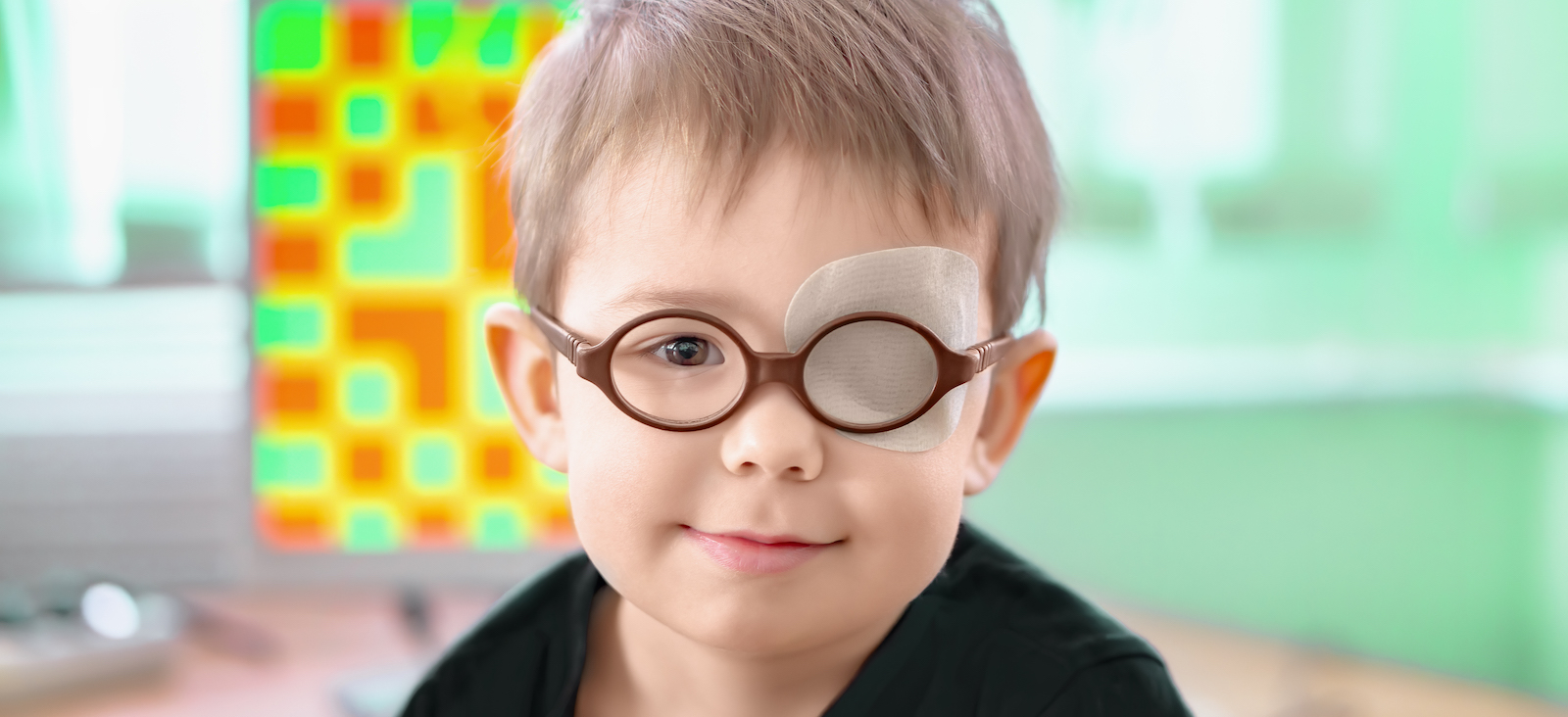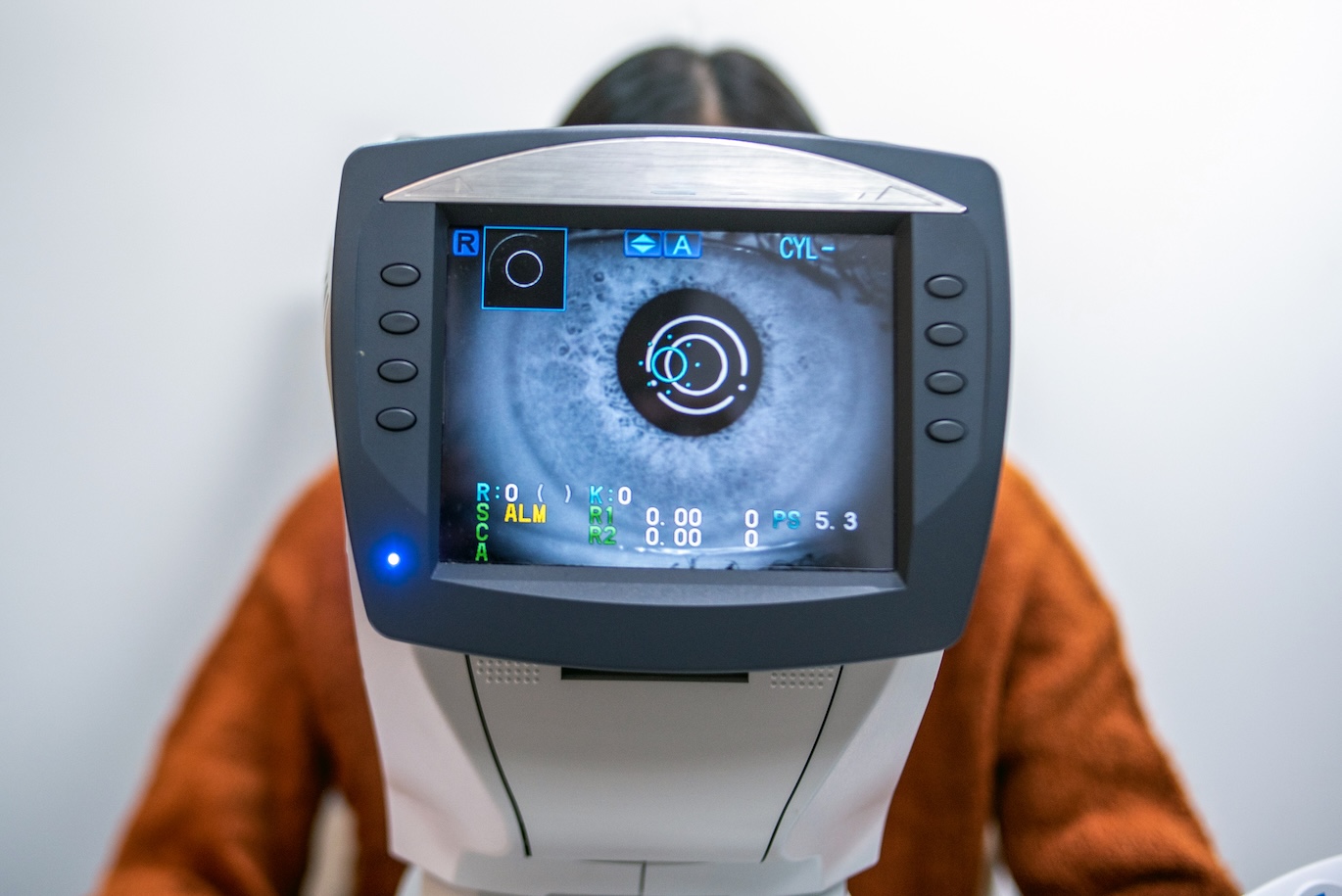Radiation Therapy
External beam radiation therapy (EBRT), in which a large machine outside the body delivers high-powered beams of radiation, was commonly used for treating retinoblastoma until the 1990s. However, EBRT has been largely replaced by chemotherapy due to the concerns of secondary cancers, arrested bone growth, and other side effects of radiation. Currently, EBRT is used only in very rare circumstances to save certain eyes for which other therapies have failed.
Another form of radiation therapy is called plaque brachytherapy, a surgical procedure in which a small disclike plaque made of gold and carrying tiny radioactive pellets is temporarily attached to the outside of the eye near the tumor. Plaque brachytherapy has fewer side effects than EBRT and can be highly effective for treating select tumors that have not begun to shed tumor seeds and are too large to treat with laser or cryotherapy but small enough to be covered by the plaque.
Enucleation
Despite the availability of advanced treatment options, surgical removal of the eye (enucleation) is still the safest option for some children.
Enucleation is usually recommended when the cancer fills most of the eye, invades the optic nerve or other structures, causes bleeding or high pressure (glaucoma) inside the eye, or otherwise creates a danger of cancer spreading if the eye is not removed.
Enucleation is performed under general anesthesia by an ophthalmic surgeon skilled in performing such procedures in young children. The surgeons will disconnect the eyeball from the muscles that control eye movement and from the optic nerve. They will then insert a ball-shaped implant into the eye socket and attach it to the muscles, so the implant will move with the other eye. Children usually recover quickly from this procedure.
About six weeks after surgery, an ocularist will make a customized prosthesis (artificial eye) to match the color and appearance of the remaining natural eye. The prosthesis is a shell-like device that fits over the eye socket implant that was placed at surgery. The ocularist needs to check and clean the prosthesis periodically and may need to replace the prosthesis every few years, especially as the child grows.






